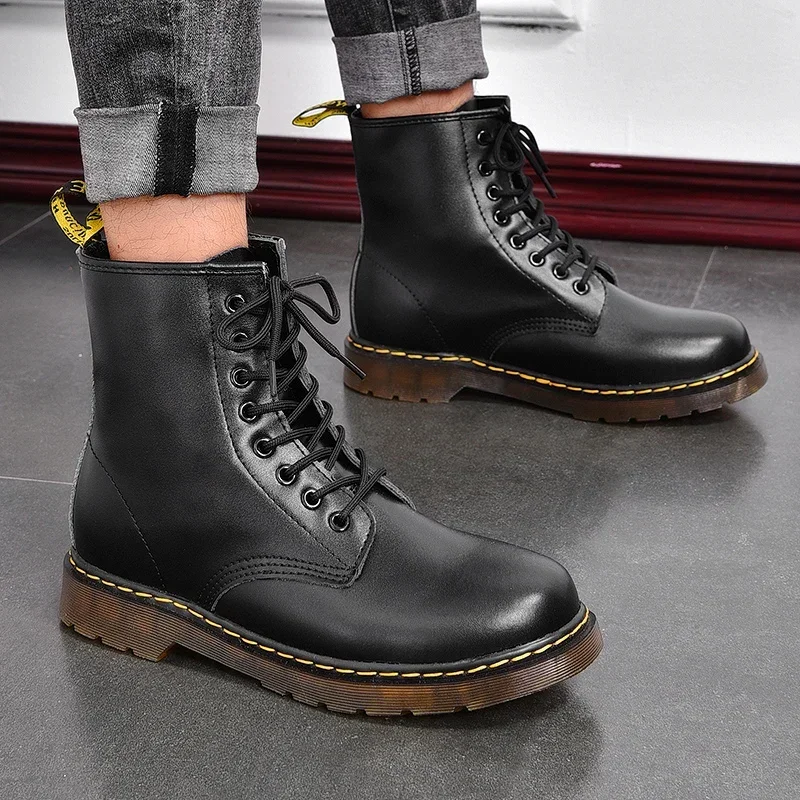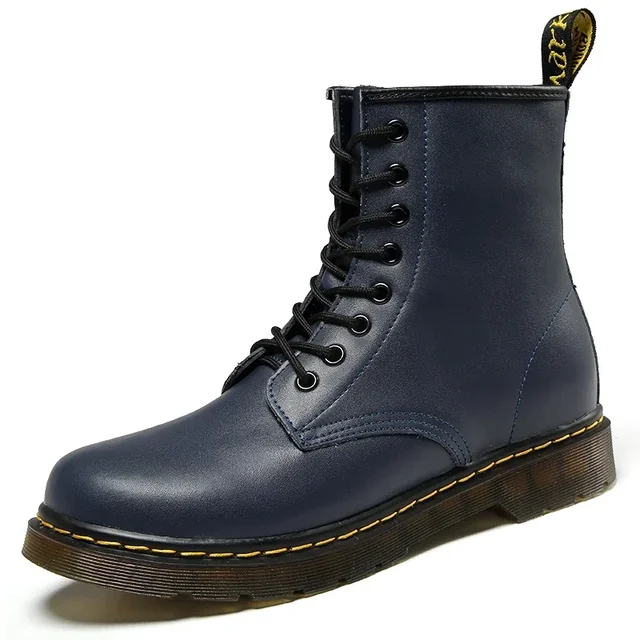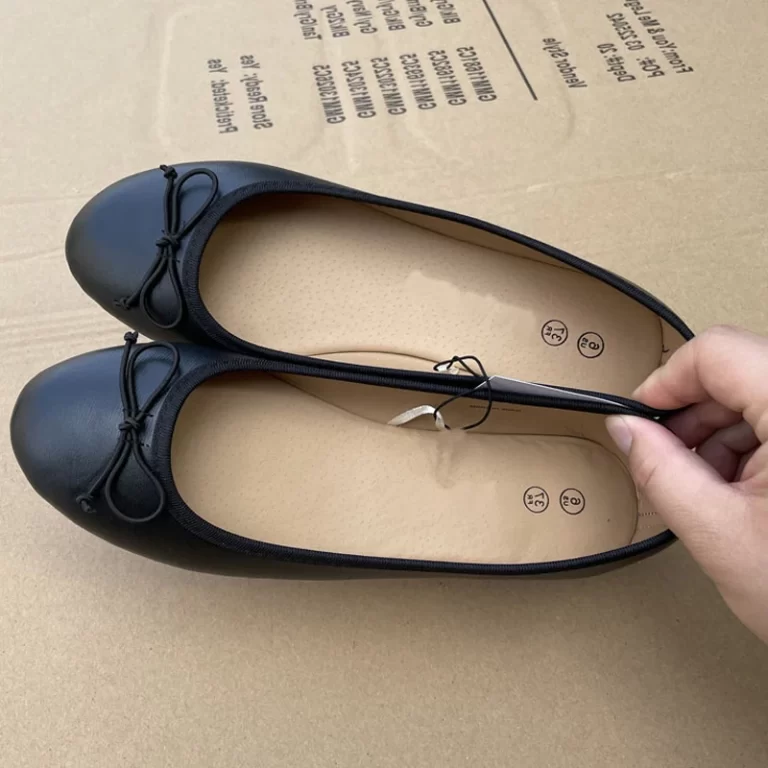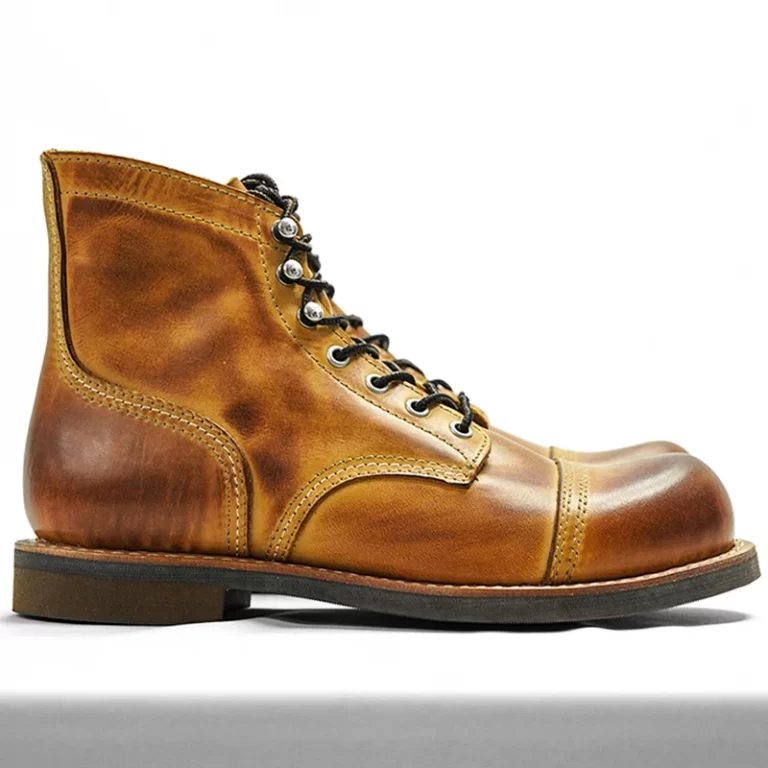Introduction: The Annoyance of Squeaky Leather Shoes
Leather shoes are a classic choice for their durability and style. However, a common issue many owners face is squeaking. This noise can be distracting and embarrassing, whether you’re in a professional setting or just going about your daily life. Understanding why leather shoes squeak and how to fix and prevent this problem can help you maintain the quality and comfort of your footwear. This guide delves into the causes of squeaky leather shoes, offers solutions to stop the noise, and provides tips for preventing squeaks in the future.

Causes of Squeaky Leather Shoes
Moisture and Dryness: The Impact on Leather
Leather is a natural material that responds to changes in moisture and dryness. When leather becomes too dry, it loses its flexibility and can start to squeak. Dry leather can rub against itself or other parts of the shoe, creating an annoying noise. Conversely, excessive moisture can also cause squeaking. When leather gets wet, it can become more pliable, leading to friction between the leather and the shoe’s internal components. Proper moisture management is crucial for maintaining leather shoes and preventing squeaking.
To manage moisture levels, ensure your leather shoes are kept in a well-ventilated area. Avoid wearing them in wet conditions and always dry them properly if they get wet. Using a leather conditioner can help maintain the right balance of moisture in the leather. Conditioners add oils that keep the leather supple and prevent it from drying out. Apply a good quality leather conditioner regularly to keep your shoes in optimal condition.
Loose Components: The Source of the Squeak
Another common cause of squeaky leather shoes is loose components within the shoe. This includes loose insoles, heel counters, or internal structures that move around. When these parts shift, they can rub against the leather or other shoe components, causing a squeaking sound. Loose components can be a result of wear and tear or improper fitting. Over time, the adhesive that holds these parts in place can weaken, leading to noise.
To address this issue, check if the insole or other internal parts are loose. If they are, you can often fix them by applying a small amount of adhesive or using shoe glue. Ensure the glue is specifically designed for use on shoes to avoid damaging the leather. If you’re unsure about how to make these repairs, it’s a good idea to consult a professional cobbler who can properly address the issue.
Inadequate Lubrication: Friction and Noise
Inadequate lubrication between the leather and other shoe components can also lead to squeaking. Leather shoes have various parts that move against each other, such as the upper part of the shoe and the lining. If these areas are not properly lubricated, friction can occur, resulting in noise. Lubrication is essential to ensure smooth movement and reduce friction between leather parts.
To solve this problem, apply a small amount of leather lubricant or shoe wax to the areas where friction is occurring. Be sure to use products that are specifically designed for leather shoes to avoid any potential damage. Applying a lubricant can help reduce friction and eliminate the squeaking noise. Regular application of these products can also help maintain the overall condition of your leather shoes.
Solutions to Fix Squeaky Leather Shoes
Apply Leather Conditioner and Lubricants
One of the most effective solutions to fix squeaky leather shoes is to apply leather conditioner and lubricants. Leather conditioners help keep the leather flexible and prevent it from drying out. Lubricants reduce friction between different parts of the shoe. Applying these products can help eliminate squeaks caused by dryness or friction.
To apply leather conditioner, first, clean the surface of the leather to remove any dirt or grime. Use a soft cloth to apply the conditioner evenly across the leather. Allow the conditioner to absorb into the leather for the recommended time, usually around 15-30 minutes. After the conditioner has been absorbed, buff the leather with a clean cloth to remove any excess. For lubricants, apply a small amount to the areas where friction occurs, such as around the insoles or heel counters. Be sure to follow the product’s instructions for best results.
Secure Loose Components
If loose components are the cause of the squeak, securing them is crucial. This can involve reattaching loose insoles, heel counters, or other internal parts. Using the appropriate adhesive or shoe glue can help fix these components. Apply the adhesive carefully to avoid overuse, which can lead to messiness and additional problems.
Start by cleaning the areas where you will apply the adhesive. Ensure that both surfaces are dry and free from any dirt or debris. Apply a small amount of adhesive to one surface and press the components together firmly. Allow the adhesive to dry completely before wearing the shoes again. If you’re unsure about handling these repairs yourself, it’s best to take your shoes to a professional cobbler who can address the issue properly.
Use Baby Powder or Talcum Powder
Baby powder or talcum powder can be a simple yet effective solution for squeaky leather shoes. These powders can help absorb moisture and reduce friction between the leather and other shoe components. Applying powder can eliminate squeaking caused by moisture or excessive friction.
To use powder, remove the insoles from your shoes and sprinkle a small amount of baby powder or talcum powder inside the shoe. Use a brush or your hand to distribute the powder evenly. Replace the insoles and gently shake the shoes to ensure the powder reaches all areas where friction occurs. This method can be particularly useful for quick fixes and maintaining the comfort of your leather shoes.

Preventing Squeaky Leather Shoes in the Future
Regular Cleaning and Conditioning
Preventing squeaky leather shoes involves regular cleaning and conditioning. Keeping your leather shoes clean helps prevent dirt and grime from affecting the leather. Regular conditioning maintains the leather’s flexibility and prevents it from drying out. Incorporating these steps into your shoe care routine can help prevent squeaking and prolong the life of your shoes.
Clean your leather shoes regularly using a soft cloth or brush to remove surface dirt. For deeper cleaning, use a leather cleaner designed for your type of leather. After cleaning, apply a leather conditioner to keep the leather supple and moisturized. This routine helps maintain the overall condition of your shoes and reduces the likelihood of squeaking caused by dryness or friction.
Proper Storage and Handling
Proper storage and handling of leather shoes are essential for preventing squeaks. Store your shoes in a cool, dry place away from direct sunlight and moisture. Avoid storing them in damp or humid environments, as this can lead to moisture-related issues. Using shoe trees or stuffing the shoes with newspaper can help maintain their shape and prevent deformation that could lead to squeaking.
When handling your leather shoes, avoid excessive bending or flexing, which can strain the leather and internal components. Proper handling helps maintain the integrity of the shoes and reduces the risk of squeaking caused by damage or wear.
Addressing Issues Promptly
Addressing issues with your leather shoes promptly can prevent minor problems from becoming major ones. If you notice any signs of squeaking or other issues, take action as soon as possible. Ignoring the problem can lead to further damage and increased discomfort. Regular inspections of your shoes can help identify potential issues early, allowing you to address them before they become more significant problems.
If you encounter persistent squeaking despite your efforts, consider consulting a professional cobbler. A cobbler can provide expert advice and repairs to address the issue effectively. Taking care of your leather shoes and addressing problems promptly ensures that they remain in good condition and continue to provide comfort and style.

Conclusion: Maintaining Your Leather Shoes for Longevity
Squeaky leather shoes can be a frustrating issue, but understanding the causes and solutions can help you keep your footwear in top condition. By managing moisture levels, securing loose components, and using appropriate lubricants, you can address and fix squeaking problems. Regular cleaning, conditioning, and proper storage are key to preventing squeaks and maintaining the overall quality of your leather shoes.
Taking these steps ensures that your leather shoes remain comfortable, stylish, and free from annoying noises. With the right care and attention, you can enjoy your leather footwear for years to come, free from the distractions of squeaky sounds.


